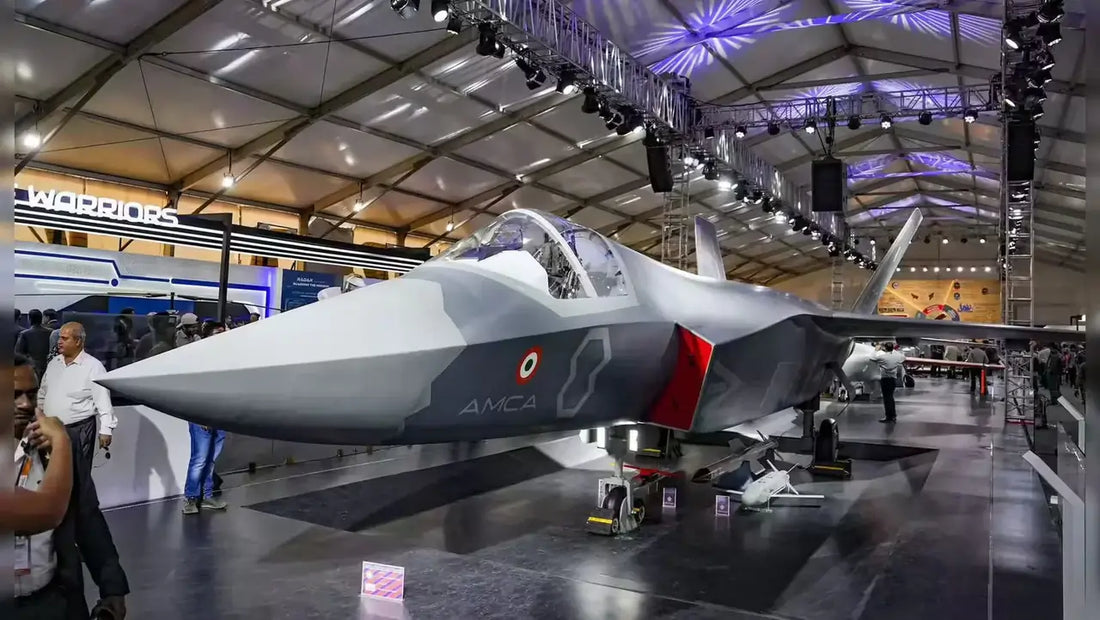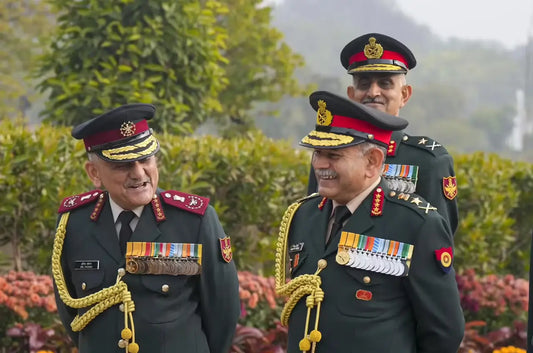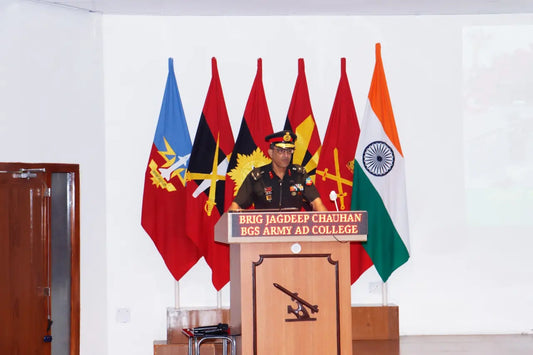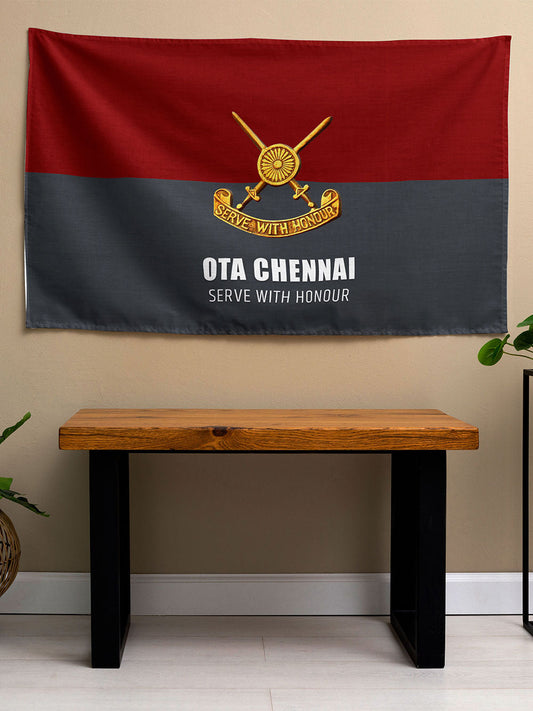India Advances Stealth Fighter Goals: Shortlists Seven Firms for AMCA Production Evaluation

In a significant advancement for India's indigenous fifth-generation stealth fighter project, the Defence Research and Development Organisation (DRDO) along with the Ministry of Defence have started evaluating seven contenders for the Advanced Medium Combat Aircraft (AMCA) production program.
Two distinguished review committees, one led by the DRDO and the other chaired by the Defence Secretary, have commenced the evaluation process for both public and private sector proposals. This assessment aims to determine the ultimate industry partner for the initiative.
Fast-Tracking India’s Stealth Fighter Programme
DRDO’s Aeronautical Development Agency (ADA) is spearheading the AMCA development under a competitive industry partnership model to expedite stealth aircraft manufacturing domestically. Following the Ministry's June call for Expressions of Interest (EoI), seven industry consortiums have been selected for further consideration.
Each consortium is required to demonstrate the capability to set up dedicated assembly lines, produce prototypes, and facilitate flight testing and certification, all within a designated eight-year development period.
India’s Leading Defence Firms in the Race
The shortlisted contenders showcase India's premier aerospace and engineering expertise:
| Hindustan Aeronautics Limited (HAL) | Partnering with two smaller firms; leveraging its proven experience in fighter production (TEJAS, Su-30MKI). |
| TATA Advanced Systems Limited (TASL) | Known for aerospace composites and global partnerships with Boeing and Lockheed Martin. |
| Adani Defence and Aerospace | Bringing advanced assembly and avionics integration infrastructure. |
| Larsen & Toubro (L&T)–BEL | Combining mechanical precision with avionics and radar systems expertise. |
| Goodluck India–BrahMos–Axiscades | Offering metallurgy, propulsion component manufacturing, and digital design. |
| Bharat Forge–BEML–Data Patterns | Focusing on structural frames, electronics, and onboard computing solutions. |
| HAL–Safran–GTRE (for future propulsion) | Developing the indigenous 120 kN engine with full technology transfer from France’s Safran. |
Strategic Significance and Timelines
The Cabinet Committee on Security (CCS) has sanctioned ₹15,000 crore for the AMCA’s design and prototype phase. The first prototype flight is anticipated by 2029, with mass production expected to commence by 2035.
The Indian Air Force plans to deploy six squadrons, approximately 120 aircraft, starting with the AMCA Mk-1 powered by GE F-414 engines, eventually transitioning to the Mk-2 variant with the indigenous Safran-GTRE engine.
Urgency Amid Regional Threats
Facing regional pressure, especially with China's J-20s in operation and J-35s being produced for Pakistan, India is keen to bridge its stealth capability gap. The Indian Air Force currently maintains about 30 fighter squadrons, below the approved 42.5, and internal evaluations post-Operation Sindoor suggest increasing this number might be crucial for deterrence.
To address immediate shortfalls, the Defence Ministry has already secured contracts with HAL for 180 TEJAS Mk-1A fighters. Meanwhile, the procurement of 114 Multi-Role Fighters (MRFA) is under consideration, with the Rafale remaining a potential option.
Driving Atmanirbharta in Aerospace
The AMCA project is pivotal to India’s Atmanirbhar Bharat initiative in aerospace technology. By amalgamating private industrial expertise, international design knowledge, and indigenous research and development, India aspires to join the ranks of nations possessing a domestically manufactured stealth fighter — a development poised to redefine its airpower capabilities in the coming decades.



















